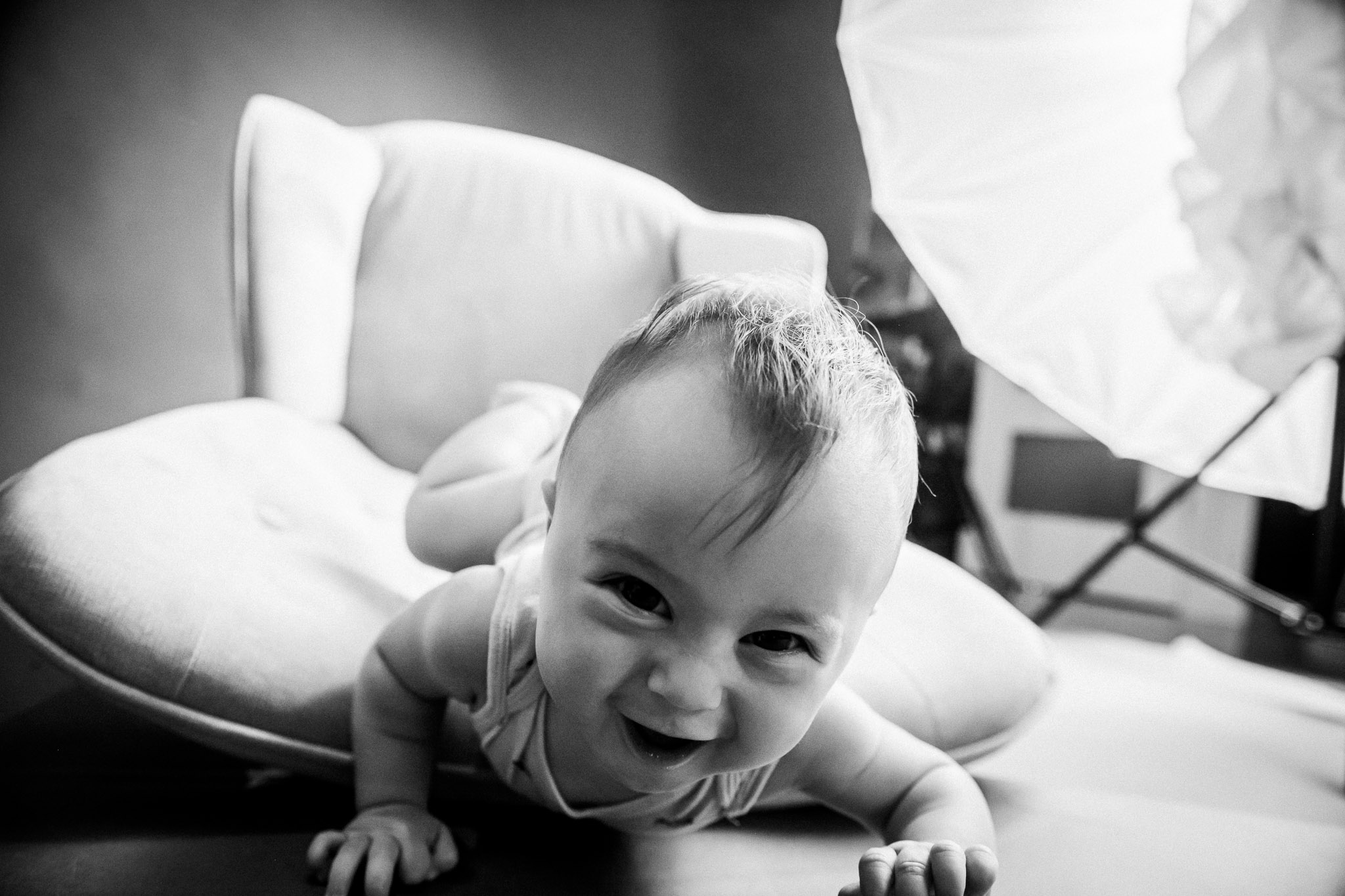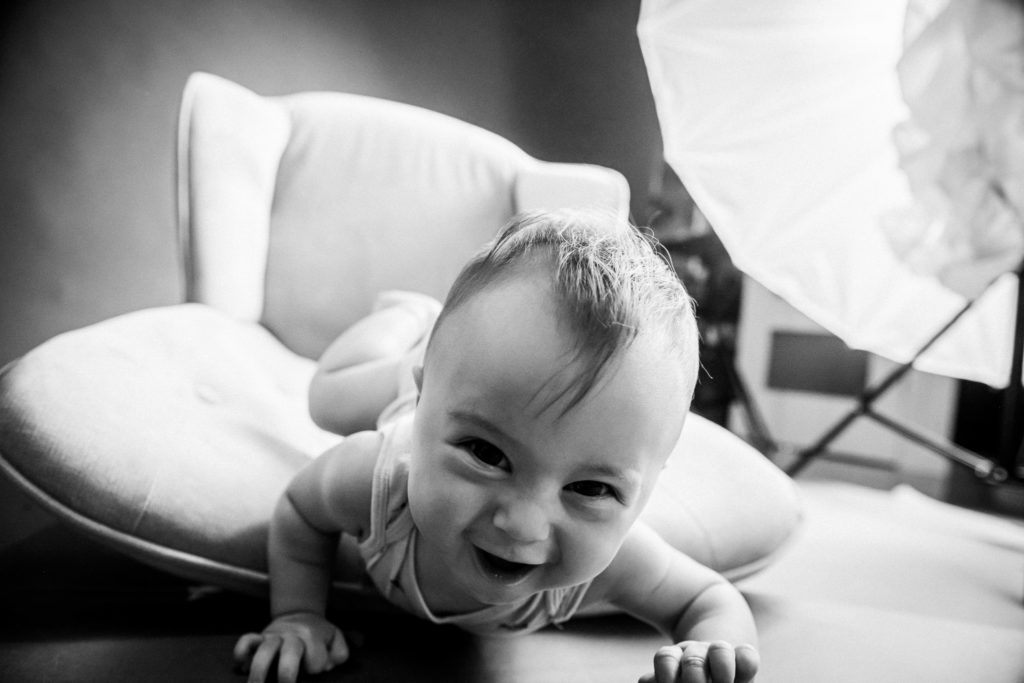Getting a Headshot? Here’s a Look at the Tools of the Trade


A headshot is one of the most basic services that photography studios offer. As we discussed in our previous article on updating your headshots, every business professional requires a visual introduction that captures their personal branding. This means that headshots need to get updated with every personal change, too.
However, for a good headshot, a photographer needs two things: skill and great tools. Thankfully, headshots and other portrait photography don’t require a lot of equipment, compared to other services like event or fashion photography. To make sure you know what you’re getting into, here’s a look at the aforementioned gear below.
Tripod
Tripods help keep cameras steady when used in challenging lighting conditions. Having one isn’t always necessary, but can be a valuable supplement to portrait photography.
The right tripod improves a camera’s stability, thus increasing sharpness and depth of field in images, and even allowing for more careful composition. Photographers usually select their tripod depending on the right weight and construction for their camera and specific needs.
DSLR camera
In capturing portrait photography, you need a camera that can capture images in high quality and faithful color, as well as the appropriate lens for portrait photography. For that reason, many opt for DSLR cameras, which have a wider variety of compatible lenses and are capable of high-resolution files needed for printing and reproduction.
This makes cameras like that of Nikon’s D850 or Canon’s EOS 6D Mark II a good fit, with remarkable features like a tiltable LCD touchscreen, or a GPS, Bluetooth, and Wi-Fi connection. And if you’re getting your headshot taken and want to request a copy of the raw files right away, this added perk is especially useful.
Otherwise, make sure to inform the photographer of the type of headshot you want — from editorial to corporate — ahead of time so that they can make the appropriate adjustments to their DSLR camera settings.
Variety of lenses
Your photographer will select their lenses depending on the requested shot. Instead of fitting lenses to a number of cameras, most lenses will actually work with both pro-grade full-frame sensors, or the more-affordable crop-sensor DSLR cameras.
Some portrait photography lenses in the industry include the Canon EF 85mm f/1.2L II USM, or the Nikon AF-S FX NIKKOR 85 mm f/1.4G. The AF-S NIKKOR 85mm f/1.8 is a particular favorite due to its affordable price, and its crisp and clean imaging.
Reflector
Lighting increases the depth of field and creates compelling imagery. Many in the industry resort to artificial lighting because natural lighting can be unpredictable and difficult to manipulate, even if the latter is more commonly preferred for an authentic finish. However, lighting tools like a reflector can help enhance your photographs by simply bouncing natural light.
There are many options available but the deciding factor of what photographers use is the size. A smaller reflector tends to work better, and is easier to handle, when shooting individual portraits. A 42″ reflector is a pretty common size that combines ease of use and nice light. From there, brands and shapes are usually up to individual preference.
There are many other tools that a photographer can use when taking your headshot, such as stools and chairs, or umbrellas and other props. It’s important to choose a photographer who is willing to explain the process that goes into taking your headshot — particularly because a comfortable subject always yields the best and most natural photos.
Thank you for reading our blog! This specific Article was written by Alfie Chadwick
Be the first to comment